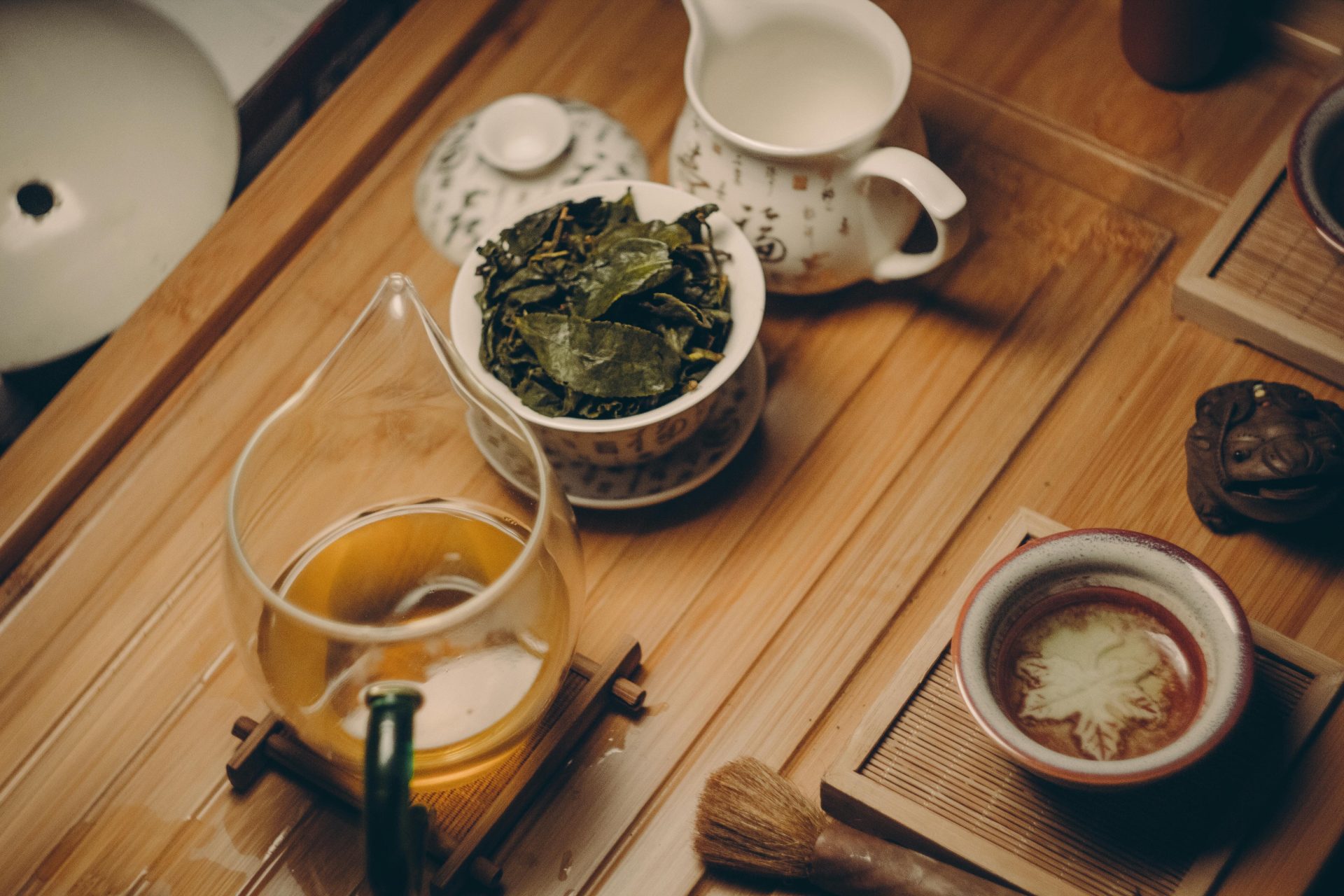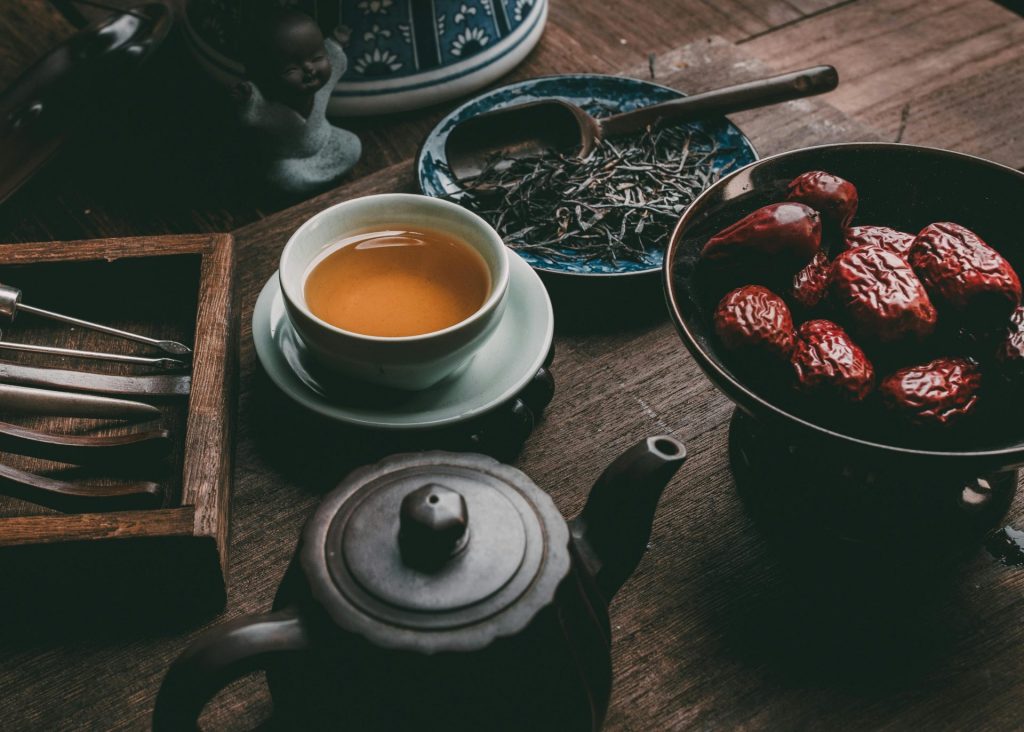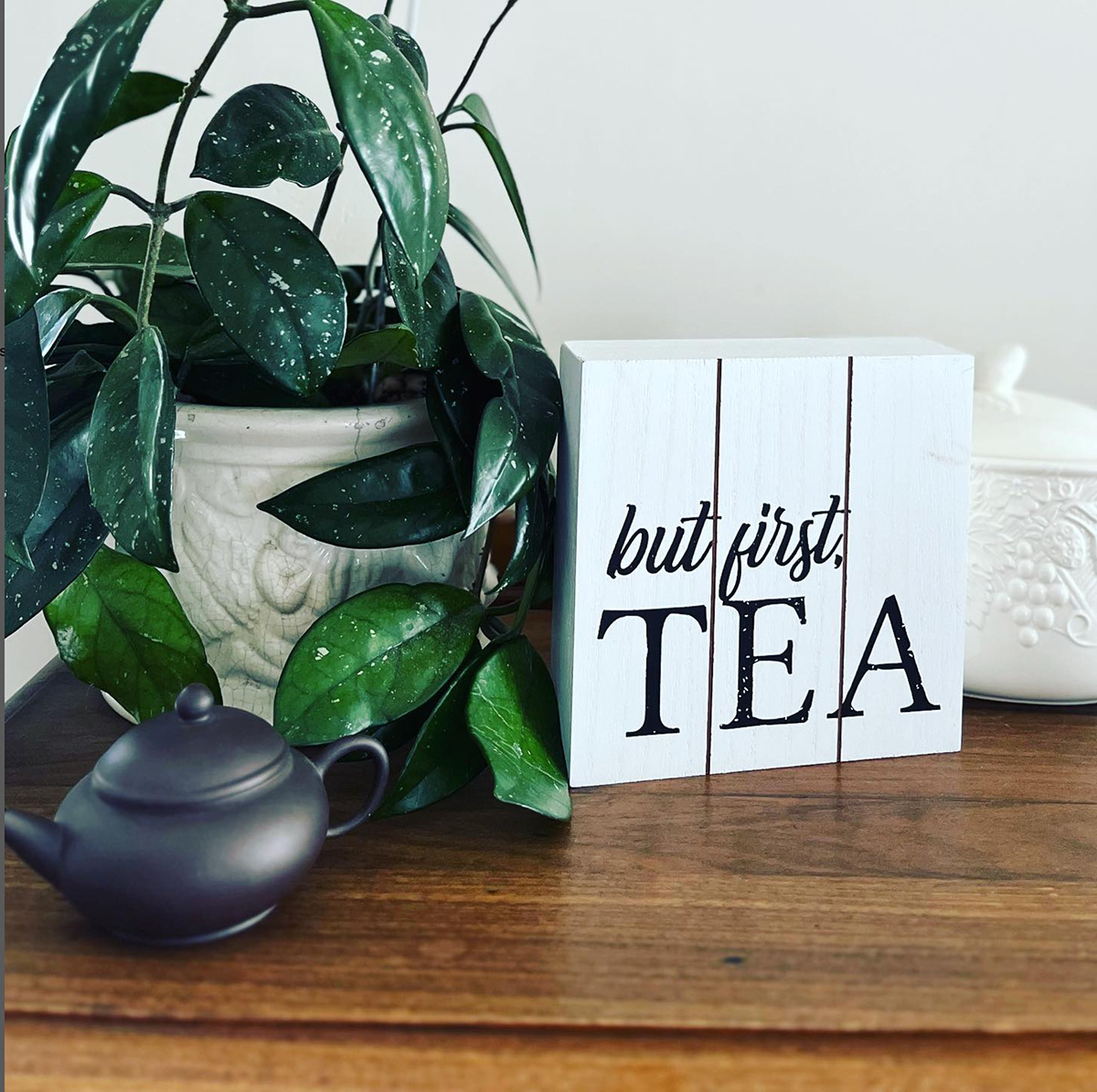
Tea has always been more than just a beverage - it’s a ritual, a lifestyle, and for many, a way of connecting cultures and traditions. While timeless varieties like Earl Grey and English Breakfast remain beloved staples, the tea industry is undergoing an exciting transformation. Driven by adventurous consumers, health-conscious lifestyles, and innovative brands, new flavors and blends are taking center stage. For tea businesses, staying ahead of these trends is not just an option - it’s a necessity to capture attention in an increasingly competitive market.

Health and wellness are no longer niche concerns; they’re at the heart of consumer buying decisions. Today’s tea drinkers are looking for blends that don’t just taste good but also serve a purpose. Teas infused with adaptogens like ashwagandha or reishi mushroom promise stress relief and balance. Others feature immune-boosting herbs like echinacea or elderberry. Detox teas, digestion-supporting blends with ginger and peppermint, and calming mixes with lavender or chamomile are especially popular. For brands, offering teas with functional benefits means tapping into a fast-growing market segment where wellness meets indulgence.
Floral flavors have been used in tea for centuries, but modern branding has pushed them into the spotlight. Jasmine, hibiscus, and rose remain classic, but more experimental florals such as chrysanthemum, lavender, and butterfly pea flower are trending. Beyond their delicate taste, florals offer stunning natural hues, like the deep crimson of hibiscus or the vivid blue of butterfly pea, that appeal to visually driven consumers on Instagram and TikTok. By highlighting both the sensory and aesthetic appeal of these blends, tea brands can align with modern demands for both beauty and function.
Fruity teas are no longer limited to lemon or peach. Tropical flavors like mango, passionfruit, lychee, and pineapple are stealing the show, especially when blended with green or white tea for a refreshing twist. Berry-forward blends with blueberry, raspberry, or açai are also trending thanks to their health associations with antioxidants. These vibrant profiles not only attract younger audiences but also expand the versatility of teas, making them ideal for cold brew or sparkling tea variations. Brands that spotlight bold fruit infusions can easily cross into the ready-to-drink market, where flavor innovation drives consumer curiosity.
In an age when indulgence and nostalgia resonate strongly, dessert-inspired teas are gaining traction. Think blends that echo the flavors of chai-spiced cookies, chocolate truffles, or vanilla cream. Caramel, hazelnut, and toasted coconut teas invite consumers to enjoy guilt-free indulgence, often with less sugar than traditional desserts. These teas also position themselves as alternatives to coffee shop favorites like flavored lattes, appealing to those who want comforting flavors without the caffeine overload.

As global travel and cultural exchange continue to shape consumer tastes, international flavors are becoming mainstream in tea branding. Matcha from Japan, masala chai from India, and Moroccan mint tea are just the beginning. Now, brands are experimenting with lesser-known flavors such as South African rooibos, South American yerba mate, or Middle Eastern saffron. These global inspirations invite consumers to experience new cultures in a cup, appealing to adventurous drinkers eager to expand their palates.
Modern consumers are also asking where their tea comes from and how it’s made. Flavors derived from natural sources - dried fruit, whole herbs, or essential oils - are more appealing than artificial additives. Sustainable sourcing of botanicals not only enhances a brand’s ethical reputation but also aligns with consumer demand for authenticity. Packaging, too, plays into the experience, with compostable tea bags and recyclable tins adding to a brand’s credibility. Flavor trends don’t exist in a vacuum, they’re tied directly to how a brand tells its story about responsibility and authenticity.
The flavors may be diverse, but successful tea branding today is about more than the blend itself. It’s about creating an emotional connection with consumers. Visual storytelling, packaging design, and flavor names all play critical roles. A hibiscus blend might be branded as “Sunset Bloom,” while a vanilla caramel rooibos could be called “Golden Comfort.” Creative tea branding helps transform flavors into experiences, making a tea stand out in a crowded marketplace.
From functional wellness blends to bold fruit infusions and global inspirations, tea flavors are expanding far beyond the traditional Earl Grey. For entrepreneurs and established brands alike, keeping pace with these flavor trends can mean the difference between blending in and standing out.
If you’re ready to create unique blends, craft compelling packaging, and connect with today’s tea drinkers, consult the tea branding experts at Tea Blend Lab. Let us help you jumpstart your tea business and bring your vision to life.

